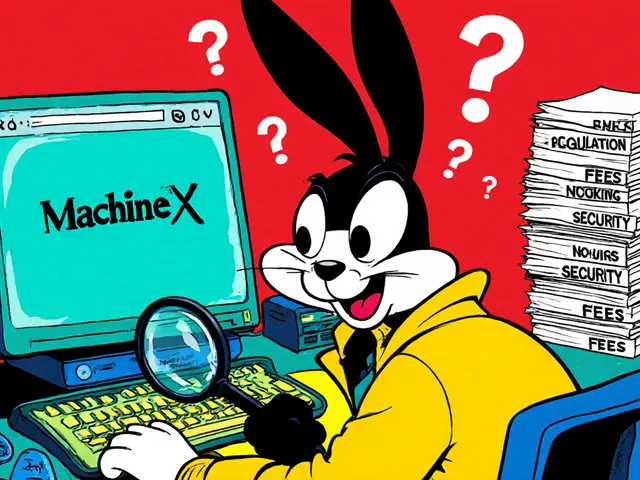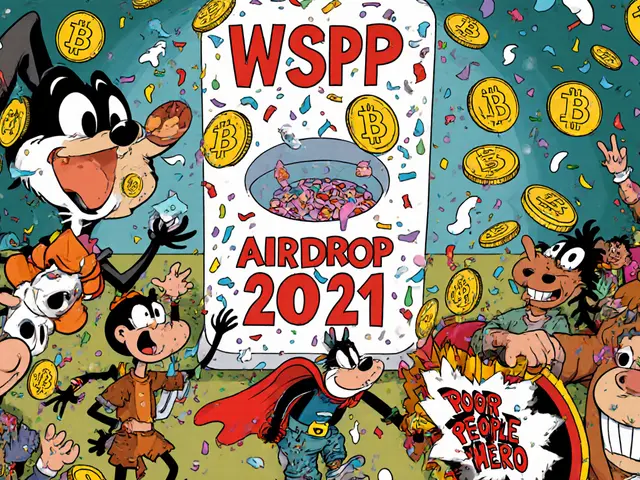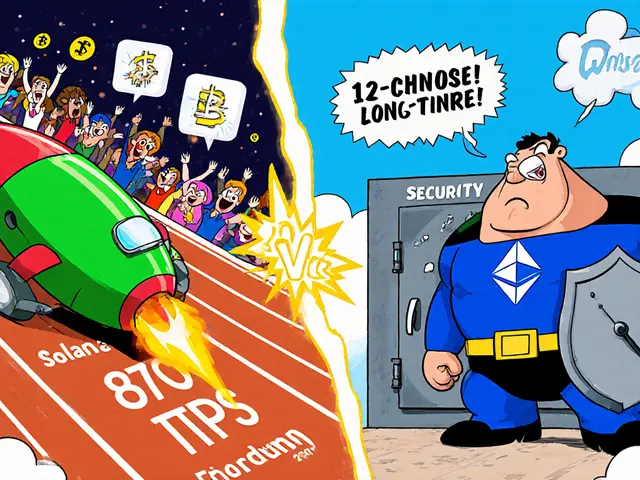Paradox crypto: What it is, why it matters, and the risky tokens behind the hype
When people talk about Paradox crypto, a term used to describe crypto projects that promise big returns but lack real utility, team credibility, or market adoption. It’s not a coin—it’s a pattern. These projects often have flashy websites, viral social media campaigns, and names that sound like they belong in a sci-fi novel. But behind the hype, many have zero trading volume, no updates in years, and teams that vanish after the token launch. You’ve probably seen them: tokens like XERS, SLRS, or WLBO. They show up on CoinMarketCap with a tiny market cap, a few hundred dollars in daily trades, and a whitepaper that reads like a dream rather than a plan. They’re not scams in the classic sense—they’re speculative crypto, assets that rely entirely on future buyer demand rather than real-world use. And that’s the paradox: they’re marketed as the next big thing, but the only thing growing is the number of people who lost money trying to ride the wave.
What makes these projects so dangerous isn’t just the lack of transparency—it’s how well they mimic the real ones. Look at unverified crypto projects, tokens built on Ethereum or BSC with no audited code, no active developers, and no clear roadmap. They copy the layout of Aave or Solrise Finance. They use the same buzzwords: DeFi, staking, yield, ecosystem. But when you dig deeper, there’s no product. No users. No reason for anyone to hold it except hope. And hope doesn’t pay bills. The same goes for tokens tied to failed exchanges like XeggeX—when the platform collapses, the token becomes digital trash. These aren’t outliers. They’re the norm in the lower-tier crypto space.
Why do people still buy them? Because the stories are convincing. A token with a 10,000% pump last month? Must be the next Bitcoin. A project with a “charity pool” and a “community-driven” model? Must be ethical. But real value doesn’t come from marketing—it comes from adoption. Real projects solve problems. They have users who pay for services. They have developers who ship updates. Paradox crypto does none of that. It thrives on confusion, not clarity. The posts below cover exactly these kinds of tokens—X Project, Solrise Finance, WENLAMBO, Concave, and more. You’ll see how each one looked promising on paper, but failed in practice. You’ll learn what to look for before you click ‘buy.’ And you’ll understand why the most dangerous crypto isn’t the one that gets hacked—it’s the one that never had anything to begin with.







Categories